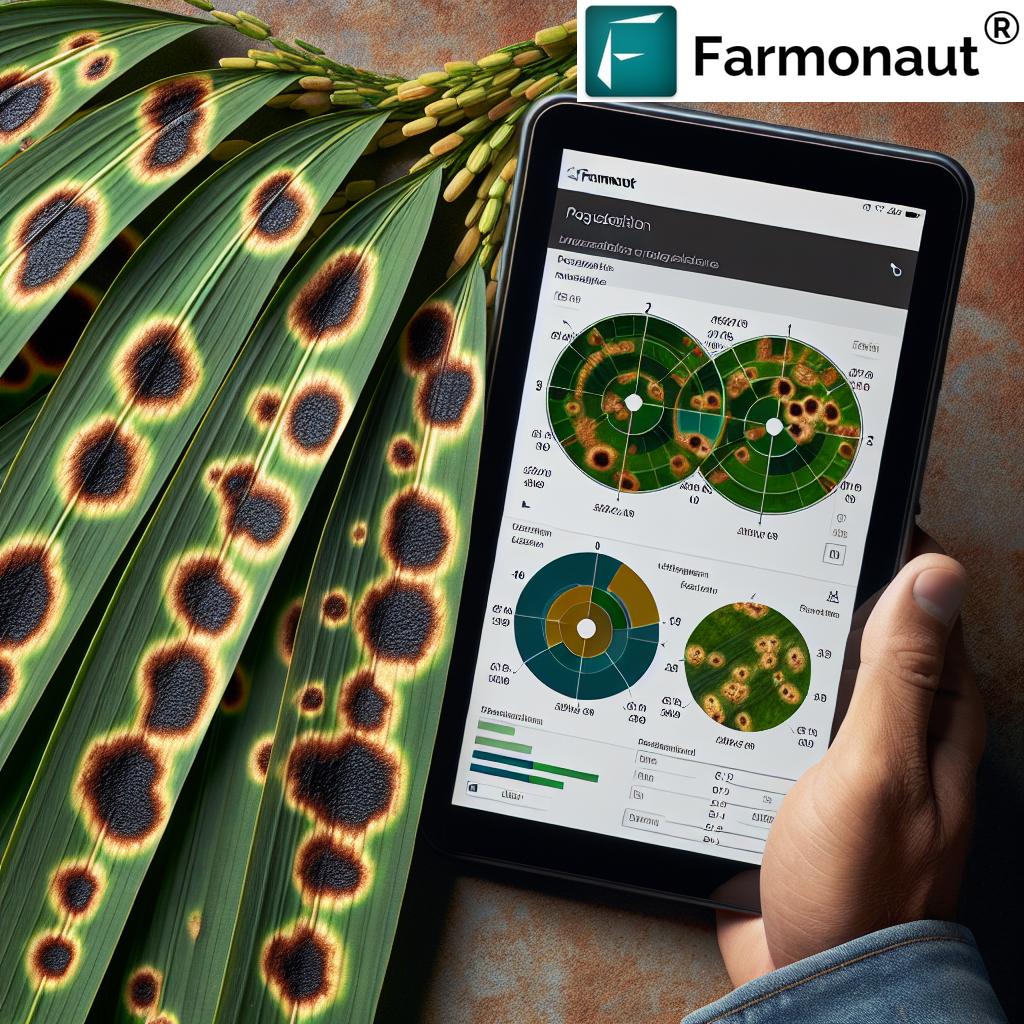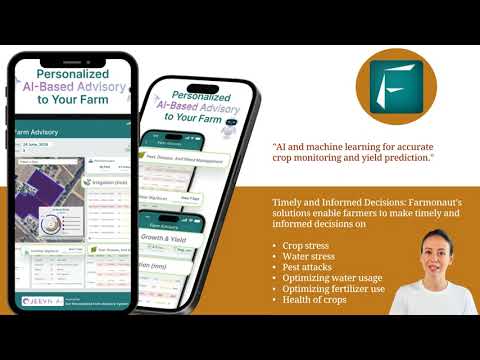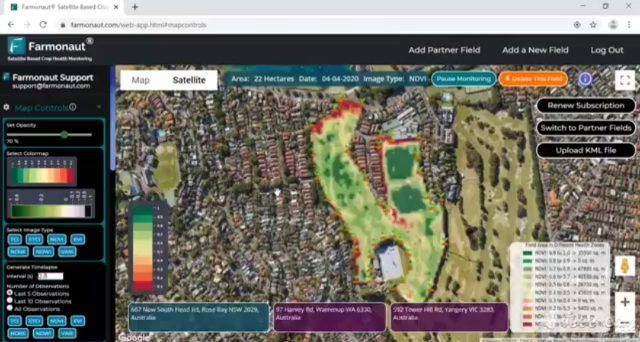Mastering Brown Leaf Spot: Organic and Conventional Strategies for Sustainable Rice Disease Management

“Brown leaf spot can reduce rice yields by up to 45% in severe cases, highlighting its significant impact on crop productivity.”
Welcome to our comprehensive guide on managing brown leaf spot, a devastating rice disease that poses a significant threat to global rice production. In this article, we’ll explore both organic and conventional strategies for combating this fungal menace, ensuring sustainable rice farming practices for farmers worldwide.
Understanding Brown Leaf Spot: The Silent Yield Reducer
Brown leaf spot, caused by the fungal pathogen Cochliobolus miyabeanus (also known as Bipolaris oryzae or Helminthosporium oryzae), is a persistent challenge for rice farmers across the globe. This disease manifests as small, circular to oval brown spots on rice leaves, eventually leading to leaf necrosis and significant yield reductions.
- Primary causal agent: Cochliobolus miyabeanus (anamorph: Bipolaris oryzae)
- Symptoms: Brown spots on leaves, stems, and grains
- Impact: Up to 45% yield reduction in severe cases
The fungus thrives in conditions of high humidity and temperatures between 20-30°C (68-86°F), making it a persistent problem in many rice-growing regions. Understanding these environmental factors is crucial for implementing effective management strategies.
Organic Strategies for Brown Leaf Spot Management
For farmers interested in organic rice farming methods, there are several effective strategies to manage brown leaf spot without relying on synthetic chemicals:
- Crop Rotation: Implementing a diverse crop rotation plan can break the disease cycle and reduce fungal inoculum in the soil.
- Resistant Varieties: Planting rice varieties with genetic resistance to brown leaf spot can significantly reduce disease incidence.
- Soil Health Management: Maintaining optimal soil fertility, especially balanced nitrogen and potassium levels, can improve plant resilience.
- Field Sanitation: Removing and destroying infected plant debris prevents the pathogen from overwintering and reduces future infections.
Conventional Treatments: Integrating Chemical Control
While organic methods form the foundation of sustainable rice disease management, conventional treatments can provide additional protection in severe cases:
- Fungicide Application: Propiconazole, iprodione, and metominostrobin are effective fungicides against brown leaf spot. Always follow label instructions and local regulations.
- Seed Treatment: Treating seeds with appropriate fungicides can prevent early infection and promote healthy seedling establishment.
- Foliar Sprays: Timely application of fungicides during critical growth stages can significantly reduce disease severity.
“Propiconazole, a fungicide used to combat brown leaf spot, can effectively control the disease when applied at 0.1% concentration.”
Integrated Pest Management: A Holistic Approach
Combining organic and conventional methods in an integrated pest management (IPM) framework offers the most comprehensive protection against brown leaf spot:
- Regular Monitoring: Conduct frequent field inspections to detect early signs of infection.
- Cultural Practices: Implement proper planting dates, spacing, and irrigation management to create unfavorable conditions for the pathogen.
- Biological Control: Explore the use of beneficial microorganisms that can suppress fungal growth.
- Chemical Control: Use fungicides judiciously, only when necessary and as part of a broader management strategy.

Leveraging Technology for Enhanced Disease Management
Modern agricultural technologies can significantly improve our ability to manage brown leaf spot and other rice diseases. Farmonaut, a leading agricultural technology company, offers innovative solutions that can revolutionize rice disease management:
- Satellite-Based Crop Health Monitoring: Farmonaut’s advanced satellite imagery can detect early signs of stress in rice crops, allowing for timely interventions.
- AI-Driven Advisory System: The Jeevn AI system provides personalized recommendations for disease management based on real-time crop data.
- Precision Agriculture: By integrating Farmonaut’s technology, farmers can optimize resource use and target disease control efforts more effectively.
Learn more about these cutting-edge solutions:
Soil Fertility Management for Disease Resistance
Proper soil fertility management is crucial for enhancing rice plants’ natural resistance to brown leaf spot and other diseases:
- Balanced Nutrition: Ensure adequate levels of nitrogen, potassium, and other essential nutrients.
- Organic Matter: Incorporate organic fertilizers and crop residues to improve soil structure and microbial activity.
- pH Management: Maintain optimal soil pH (typically 5.5-6.5 for rice) to enhance nutrient availability and suppress fungal growth.
By focusing on soil health, we can create a robust foundation for sustainable rice farming that naturally resists disease pressure.
Climate-Smart Rice Cultivation
As climate change continues to impact agricultural systems worldwide, adopting climate-smart rice cultivation practices becomes increasingly important for managing diseases like brown leaf spot:
- Water Management: Implement efficient irrigation systems to reduce humidity and create less favorable conditions for fungal growth.
- Planting Dates: Adjust planting schedules to avoid peak disease periods based on local climate patterns.
- Varietal Selection: Choose rice varieties adapted to local climate conditions and with improved disease resistance.
Farmonaut’s technology can assist in implementing these climate-smart practices by providing accurate weather forecasts and crop monitoring data.
Comparative Analysis: Traditional vs. Technology-Enhanced Management
| Management Strategy | Traditional Method | Farmonaut-Enhanced Method | Estimated Improvement in Disease Control (%) | Potential Yield Increase (%) |
|---|---|---|---|---|
| Early Detection | Visual scouting | Satellite imagery analysis | 40% | 15-20% |
| Precision Fungicide Application | Blanket spraying | Targeted application based on vegetation health maps | 30% | 10-15% |
| Nutrient Management | Standard fertilizer application | AI-driven nutrient recommendations | 25% | 8-12% |
| Crop Rotation Planning | Based on traditional knowledge | Data-driven rotation optimization | 20% | 5-8% |
Future Perspectives in Rice Disease Management
As we look to the future of sustainable rice farming, several emerging technologies and approaches show promise for enhancing brown leaf spot management:
- Gene Editing: CRISPR technology could lead to the development of rice varieties with enhanced disease resistance.
- Nanotechnology: Nanoparticle-based fungicides may offer more efficient and environmentally friendly disease control options.
- Artificial Intelligence: Advanced AI models could predict disease outbreaks with greater accuracy, allowing for proactive management.
Conclusion: A Holistic Approach to Rice Disease Management
Effectively managing brown leaf spot and other rice diseases requires a multifaceted approach that combines traditional wisdom with modern technology. By integrating organic practices, judicious use of conventional treatments, and innovative technologies like those offered by Farmonaut, rice farmers can significantly improve their crop health and yields while promoting sustainable agriculture.
Remember, the key to success lies in continuous learning, adaptation, and the willingness to embrace new, sustainable farming practices. By working together and leveraging the best available tools and knowledge, we can ensure a resilient and productive future for rice cultivation worldwide.
Farmonaut Subscriptions
Frequently Asked Questions
Q: What are the primary symptoms of brown leaf spot in rice?
A: The main symptoms include small, circular to oval brown spots on rice leaves, stems, and grains. These spots can eventually lead to leaf necrosis and significant yield reductions.
Q: How effective are organic methods in controlling brown leaf spot?
A: Organic methods such as crop rotation, resistant varieties, and proper soil management can be highly effective in managing brown leaf spot, especially when used as part of an integrated pest management strategy.
Q: What role does technology play in modern rice disease management?
A: Technology, such as Farmonaut’s satellite-based crop monitoring and AI advisory systems, plays a crucial role in early detection, precise treatment application, and overall improved disease management efficiency.
Q: How can farmers balance organic and conventional treatments for optimal disease control?
A: Farmers can achieve optimal disease control by prioritizing organic methods as the foundation of their management strategy and using conventional treatments judiciously when necessary, guided by accurate monitoring and data-driven decision-making.
Q: What are the long-term benefits of implementing sustainable rice disease management practices?
A: Long-term benefits include improved soil health, reduced environmental impact, increased crop resilience, more stable yields, and potentially lower production costs due to more efficient resource use.




















